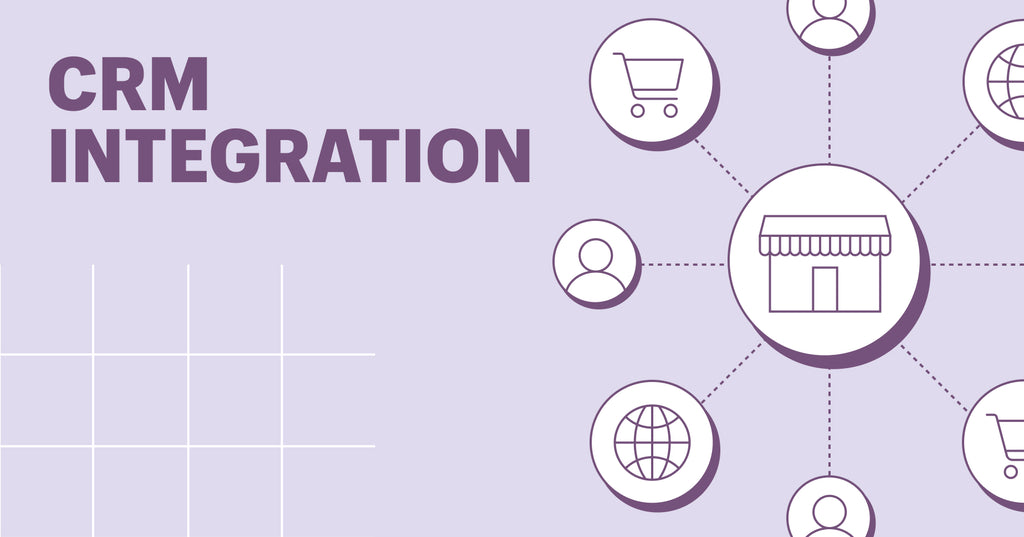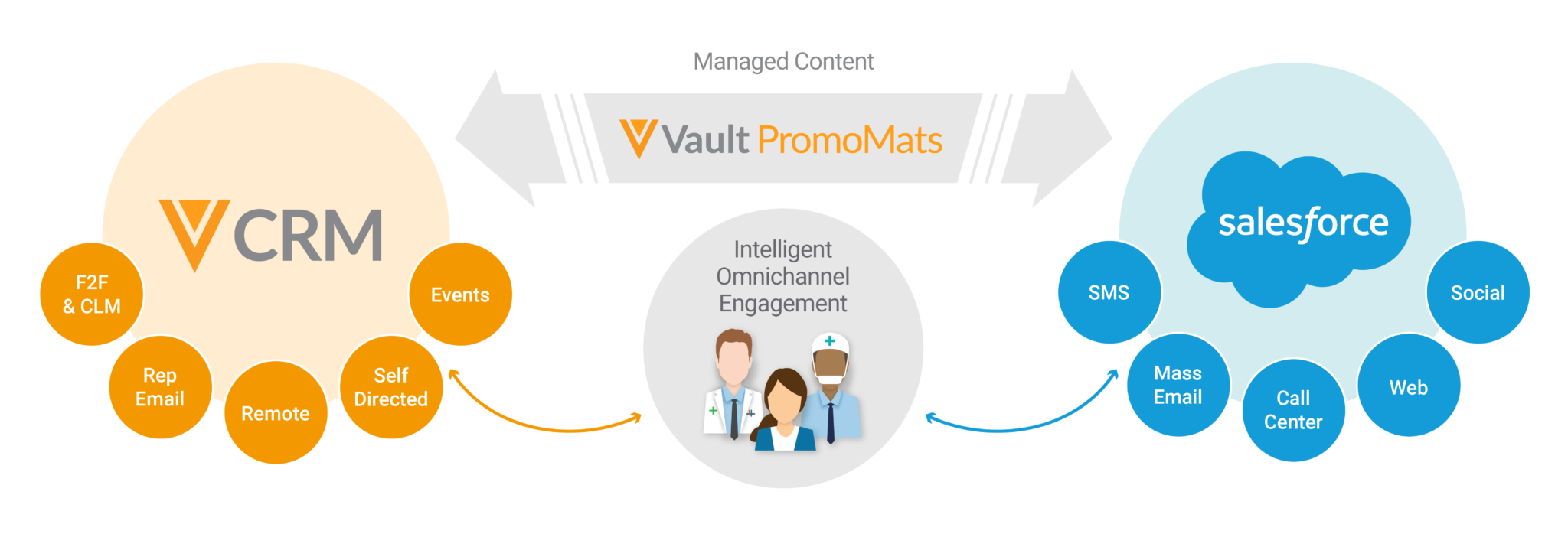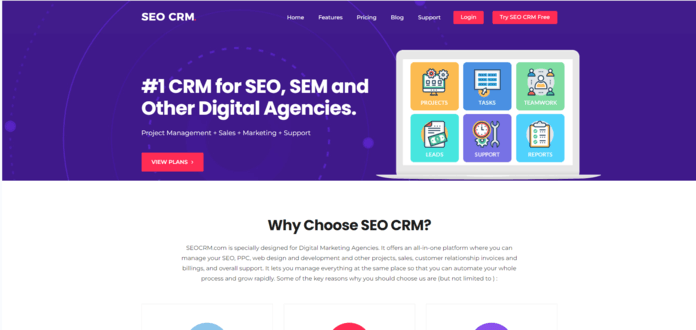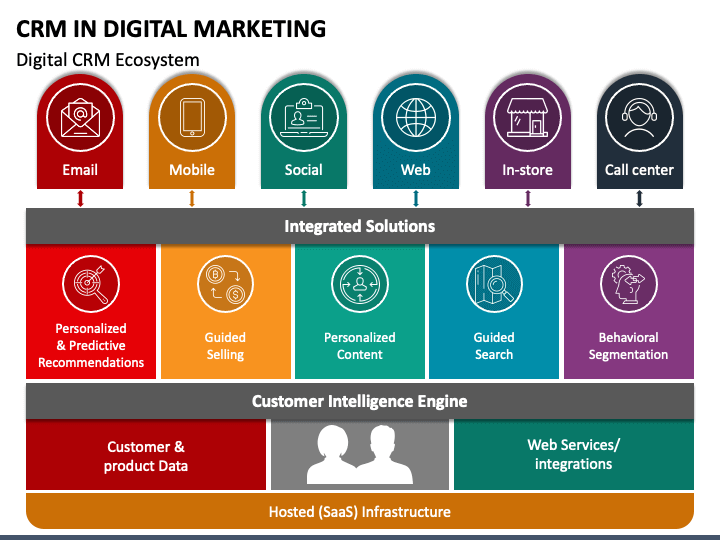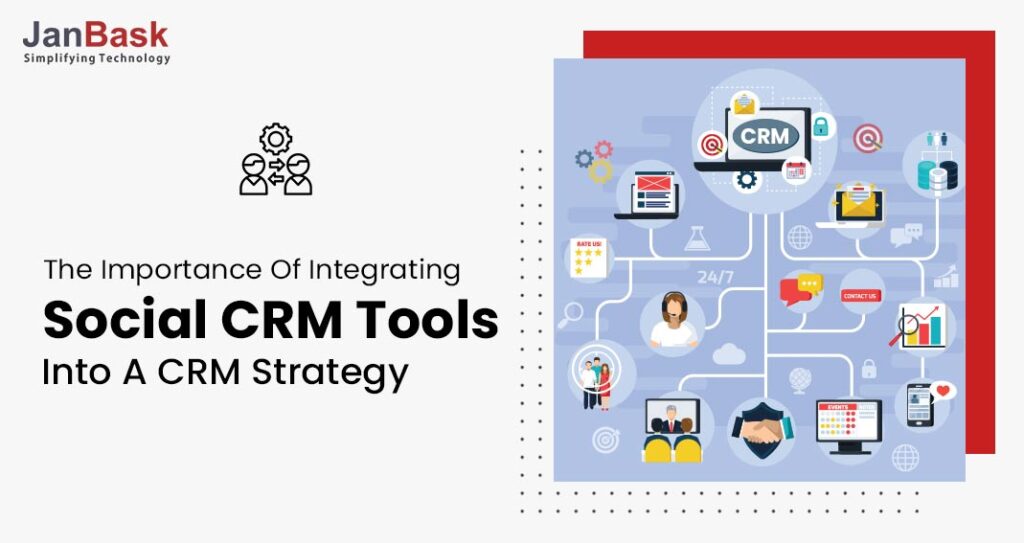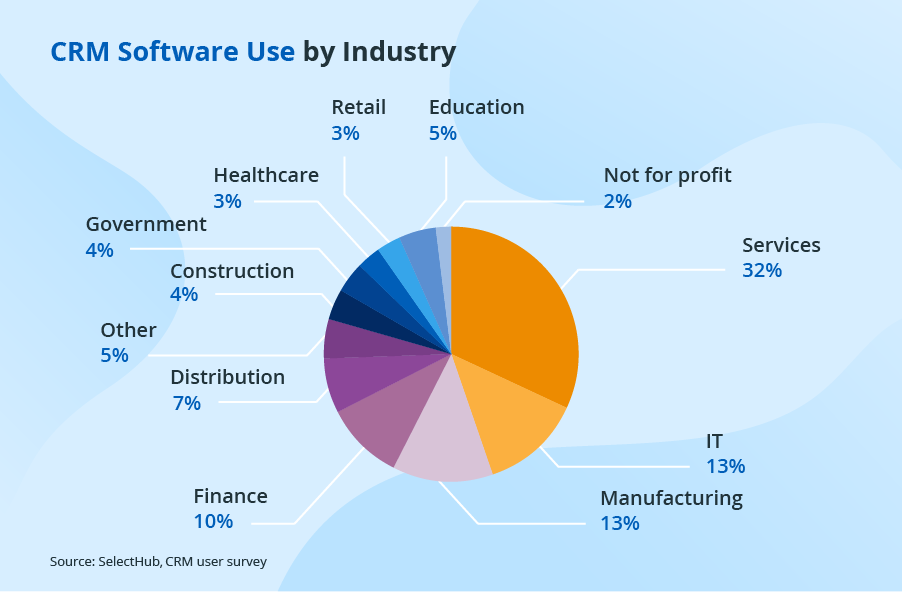
Unlocking CRM Marketing Performance: Strategies, Metrics, and a Roadmap to Success
In today’s hyper-competitive market, businesses are constantly seeking innovative ways to connect with their customers, boost sales, and foster lasting loyalty. One of the most powerful tools in this quest is Customer Relationship Management (CRM) marketing. But simply having a CRM system isn’t enough; it’s how you use it that truly matters. This comprehensive guide delves into the intricacies of CRM marketing performance, providing you with the knowledge and strategies needed to transform your CRM into a high-performing engine for growth.
What is CRM Marketing Performance?
At its core, CRM marketing performance refers to the effectiveness of your CRM system in achieving your marketing objectives. It’s about leveraging the data and functionalities within your CRM to understand your customers better, personalize your interactions, and ultimately, drive revenue. This involves a holistic approach, encompassing everything from data collection and analysis to campaign execution and performance measurement.
Think of it like this: Your CRM is the car, and CRM marketing performance is how well you drive it. A sleek, powerful car is useless if you don’t know how to navigate the roads and reach your destination. Similarly, a sophisticated CRM system is only valuable if you have the right strategies, processes, and metrics in place to maximize its potential.
The Pillars of High-Performing CRM Marketing
Achieving stellar CRM marketing performance requires a strong foundation built on several key pillars:
1. Data Quality and Management
Data is the lifeblood of any successful CRM initiative. High-quality, accurate, and up-to-date data is essential for understanding your customers, segmenting them effectively, and personalizing your marketing efforts. This includes not only basic contact information but also purchase history, website activity, social media interactions, and any other relevant data points.
Here’s what you need to do:
- Data Cleansing: Regularly clean your data to remove duplicates, correct errors, and ensure consistency.
- Data Enrichment: Supplement your existing data with additional information from third-party sources to gain a more complete view of your customers.
- Data Segmentation: Divide your customer base into distinct segments based on demographics, behavior, and other relevant characteristics.
- Data Security: Implement robust security measures to protect your customer data from breaches and misuse.
2. Customer Segmentation and Targeting
Once you have a solid understanding of your customers, the next step is to segment them into meaningful groups. This allows you to tailor your marketing messages and offers to specific customer needs and preferences. Effective segmentation goes beyond basic demographics; it considers factors like:
- Purchase History: What have they bought in the past?
- Website Activity: What pages have they visited? What products have they viewed?
- Engagement Levels: How often do they open your emails? Do they interact with your social media posts?
- Customer Lifetime Value (CLTV): How much revenue have they generated over their relationship with your business?
By understanding these factors, you can create highly targeted campaigns that resonate with each segment, leading to higher conversion rates and improved ROI.
3. Personalized Marketing
Personalization is the cornerstone of modern marketing. Customers are no longer satisfied with generic, one-size-fits-all messages. They expect brands to understand their individual needs and preferences and to deliver relevant content and offers.
CRM systems enable you to personalize your marketing efforts in a variety of ways:
- Personalized Emails: Use customer data to personalize email subject lines, content, and offers.
- Website Personalization: Tailor website content and offers based on a customer’s browsing history and other data.
- Product Recommendations: Suggest products based on a customer’s past purchases and browsing activity.
- Dynamic Content: Display different content to different customers based on their segment or other criteria.
Personalization shows customers that you value them and understand their needs, leading to increased engagement and loyalty.
4. Automation and Workflow Optimization
CRM systems can automate many of the repetitive tasks associated with marketing, freeing up your team to focus on more strategic initiatives. This includes:
- Email Marketing Automation: Automate email campaigns based on customer behavior, such as welcome emails, abandoned cart emails, and post-purchase follow-up emails.
- Lead Scoring: Automatically score leads based on their engagement and behavior, helping you prioritize your sales efforts.
- Workflow Automation: Automate tasks such as lead assignment, task creation, and data updates.
Automation not only saves time and resources but also ensures consistency and efficiency in your marketing processes.
5. Campaign Performance Measurement and Analysis
To continuously improve your CRM marketing performance, you need to track and analyze your results. This involves:
- Defining Key Performance Indicators (KPIs): Choose the metrics that are most relevant to your marketing objectives (see section below).
- Tracking Campaign Performance: Monitor your campaigns’ performance in real-time.
- Analyzing Results: Identify what’s working and what’s not.
- Making Data-Driven Decisions: Use your insights to optimize your campaigns and improve your results.
By consistently measuring and analyzing your performance, you can identify areas for improvement and make data-driven decisions that drive growth.
Key Metrics for Measuring CRM Marketing Performance
Choosing the right metrics is crucial for assessing the effectiveness of your CRM marketing efforts. Here are some of the most important KPIs to track:
1. Customer Acquisition Cost (CAC)
CAC measures the total cost of acquiring a new customer. This includes all marketing and sales expenses, such as advertising, salaries, and software costs. A lower CAC indicates that your marketing efforts are efficient and cost-effective.
How to Calculate: (Total Marketing and Sales Costs) / (Number of New Customers Acquired)
2. Customer Lifetime Value (CLTV)
CLTV estimates the total revenue a customer will generate over their relationship with your business. A higher CLTV indicates that your customers are valuable and that your retention efforts are successful.
How to Calculate: (Average Purchase Value) x (Average Purchase Frequency) x (Average Customer Lifespan)
3. Return on Investment (ROI)
ROI measures the profitability of your marketing campaigns. It shows how much revenue you’re generating for every dollar you spend. A positive ROI indicates that your campaigns are profitable.
How to Calculate: ((Revenue Generated – Marketing Costs) / Marketing Costs) x 100
4. Conversion Rate
Conversion rate measures the percentage of leads or prospects who complete a desired action, such as making a purchase or filling out a form. A higher conversion rate indicates that your marketing efforts are effective in driving desired outcomes.
How to Calculate: (Number of Conversions) / (Number of Visitors or Leads) x 100
5. Customer Retention Rate
Customer retention rate measures the percentage of customers who remain loyal to your business over a specific period. A higher retention rate indicates that your customers are satisfied and that your retention efforts are successful.
How to Calculate: ((Number of Customers at the End of Period – Number of New Customers Acquired During Period) / Number of Customers at the Beginning of Period) x 100
6. Email Open Rate
Email open rate measures the percentage of your email recipients who open your emails. A higher open rate indicates that your subject lines are compelling and that your audience is engaged.
How to Calculate: (Number of Emails Opened) / (Number of Emails Delivered) x 100
7. Click-Through Rate (CTR)
CTR measures the percentage of your email recipients who click on a link in your email. A higher CTR indicates that your email content is relevant and engaging.
How to Calculate: (Number of Clicks) / (Number of Emails Delivered) x 100
8. Website Traffic and Engagement
Track website traffic, bounce rate, time on page, and pages per session to understand how your CRM marketing efforts are driving traffic and engaging users.
Strategies to Enhance CRM Marketing Performance
Now that we’ve covered the fundamentals, let’s explore some specific strategies to boost your CRM marketing performance:
1. Align Marketing and Sales
Marketing and sales teams often operate in silos, which can hinder CRM marketing performance. To overcome this, foster close collaboration between the two teams. Share data, align goals, and establish clear processes for lead handoff and follow-up. This ensures a seamless customer experience and maximizes the impact of your marketing efforts.
2. Implement a Lead Scoring System
Lead scoring helps prioritize leads based on their likelihood of converting. Assign points to leads based on their behavior and demographics. This allows your sales team to focus on the most promising leads, increasing their efficiency and closing more deals.
3. Embrace Mobile Marketing
Mobile devices are now the primary way many people access the internet. Ensure your CRM marketing efforts are optimized for mobile devices. This includes responsive email templates, mobile-friendly landing pages, and SMS marketing campaigns. Mobile-first strategies are crucial for reaching your audience effectively.
4. Leverage Social Media
Social media is a powerful channel for engaging with customers and gathering valuable data. Integrate your CRM with your social media platforms to track customer interactions, monitor brand mentions, and personalize your messaging. Use social media advertising to target specific customer segments and drive traffic to your website.
5. Utilize Marketing Automation
Marketing automation tools can streamline your campaigns and improve efficiency. Automate email sequences, lead nurturing workflows, and social media posting. This frees up your team to focus on more strategic initiatives, such as content creation and campaign analysis.
6. Regularly A/B Test Your Campaigns
A/B testing involves comparing two versions of a marketing element (e.g., subject line, email content, landing page) to see which performs better. Conduct A/B tests on a regular basis to optimize your campaigns and improve your results. Analyze the data to understand what resonates with your audience and make data-driven decisions.
7. Personalize the Customer Journey
Map out the customer journey and personalize your marketing messages at each stage. Use data to tailor your content, offers, and interactions to the customer’s specific needs and preferences. This creates a more engaging and relevant experience, leading to higher conversion rates and improved customer loyalty.
8. Provide Excellent Customer Service
Exceptional customer service is crucial for building strong customer relationships. Ensure your CRM system provides your customer service team with the tools and data they need to resolve customer issues quickly and efficiently. Proactive customer service, such as offering personalized support and anticipating customer needs, can significantly enhance customer satisfaction and loyalty.
9. Integrate CRM with Other Systems
Integrate your CRM with other systems, such as your website, e-commerce platform, and accounting software. This allows you to centralize your customer data and gain a more complete view of your customers. Integration can also automate data transfer and streamline your workflows.
10. Continuously Train Your Team
CRM technology and marketing best practices are constantly evolving. Provide ongoing training to your marketing and sales teams to ensure they have the skills and knowledge they need to succeed. This includes training on CRM software, marketing automation tools, and data analysis techniques.
Building a Roadmap for CRM Marketing Success
Implementing the strategies above can seem daunting. Here’s a roadmap to help you get started and achieve lasting success:
Phase 1: Assessment and Planning
- Assess Your Current State: Evaluate your existing CRM system, data quality, and marketing processes.
- Define Your Goals: Set clear and measurable objectives for your CRM marketing efforts.
- Identify Your Target Audience: Define your target customer segments and their needs.
- Choose the Right CRM: If you don’t already have a CRM, select the one that best meets your business needs.
- Develop a Strategic Plan: Outline your CRM marketing strategy, including your key initiatives, budget, and timeline.
Phase 2: Implementation and Setup
- Implement Your CRM System: Set up your CRM system, including data migration, customization, and integrations.
- Cleanse and Enrich Your Data: Ensure your data is accurate, complete, and up-to-date.
- Segment Your Customers: Create customer segments based on their demographics, behavior, and other criteria.
- Set Up Marketing Automation: Configure automated workflows and email campaigns.
- Train Your Team: Provide training to your marketing and sales teams on how to use the CRM system.
Phase 3: Execution and Optimization
- Launch Your Campaigns: Execute your CRM marketing campaigns, including email marketing, social media marketing, and personalized website experiences.
- Monitor Your Performance: Track your key performance indicators (KPIs) and analyze your results.
- Optimize Your Campaigns: Make data-driven adjustments to your campaigns to improve their effectiveness.
- Continuously Test and Iterate: Conduct A/B tests and experiment with new strategies to optimize your results.
- Refine Your Strategy: Regularly review and refine your CRM marketing strategy based on your results.
Common Challenges and How to Overcome Them
Implementing and optimizing CRM marketing can come with its own set of hurdles. Here’s how to navigate some common challenges:
1. Poor Data Quality
Challenge: Inaccurate, incomplete, or outdated data can undermine your marketing efforts.
Solution: Implement data cleansing procedures, data enrichment strategies, and regular data audits.
2. Lack of Integration
Challenge: Siloed systems can hinder data sharing and limit your ability to gain a complete view of your customers.
Solution: Integrate your CRM with other systems, such as your website, e-commerce platform, and marketing automation tools.
3. Resistance to Change
Challenge: Employees may resist adopting new CRM processes or technologies.
Solution: Provide adequate training, communicate the benefits of the CRM system, and involve employees in the implementation process.
4. Difficulty Measuring ROI
Challenge: It can be challenging to accurately measure the ROI of your CRM marketing efforts.
Solution: Define clear KPIs, track campaign performance, and use data analytics to attribute revenue to your marketing activities.
5. Limited Resources
Challenge: Small businesses may lack the resources (budget, personnel, time) to fully implement and optimize their CRM marketing efforts.
Solution: Start with a phased approach, prioritize key initiatives, and consider outsourcing some tasks to external experts.
The Future of CRM Marketing Performance
The landscape of CRM marketing is constantly evolving. Here’s a glimpse into the future:
- Artificial Intelligence (AI): AI will play an increasingly important role in CRM marketing, automating tasks, personalizing customer experiences, and providing valuable insights.
- Machine Learning (ML): ML will be used to predict customer behavior, optimize campaigns, and improve customer segmentation.
- Hyper-Personalization: Marketers will leverage data to create highly personalized experiences that cater to each customer’s individual needs and preferences.
- Omnichannel Marketing: Businesses will adopt an omnichannel approach, providing seamless and consistent customer experiences across all touchpoints.
- Emphasis on Privacy: Data privacy will become even more important, with businesses implementing robust security measures and adhering to strict data privacy regulations.
Conclusion: Embrace the Power of CRM Marketing
CRM marketing performance is not just about implementing a system; it’s about building strong customer relationships, personalizing experiences, and driving revenue growth. By embracing the strategies, metrics, and roadmap outlined in this guide, you can unlock the full potential of your CRM and achieve lasting success. Remember, the key is to focus on your customers, understand their needs, and provide them with value at every touchpoint. The future of marketing is here, and it’s all about the customer.

